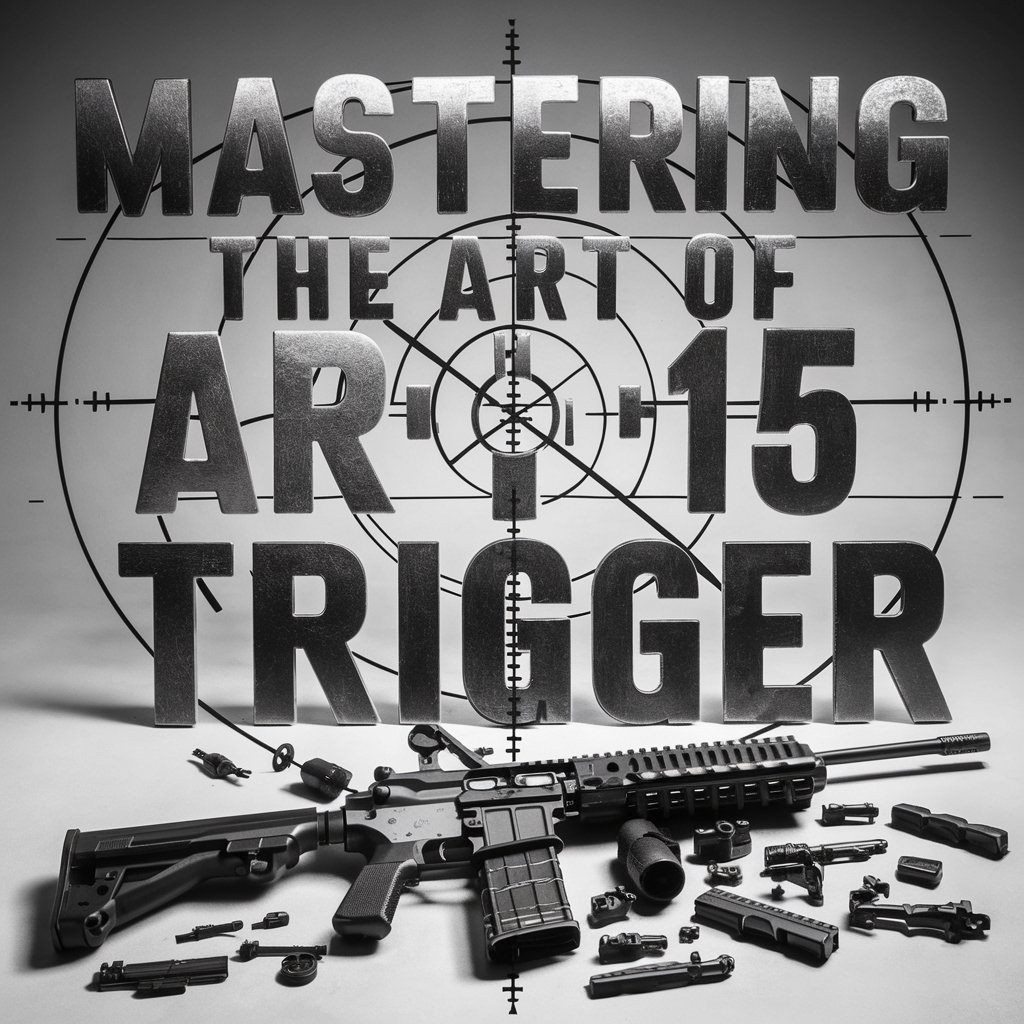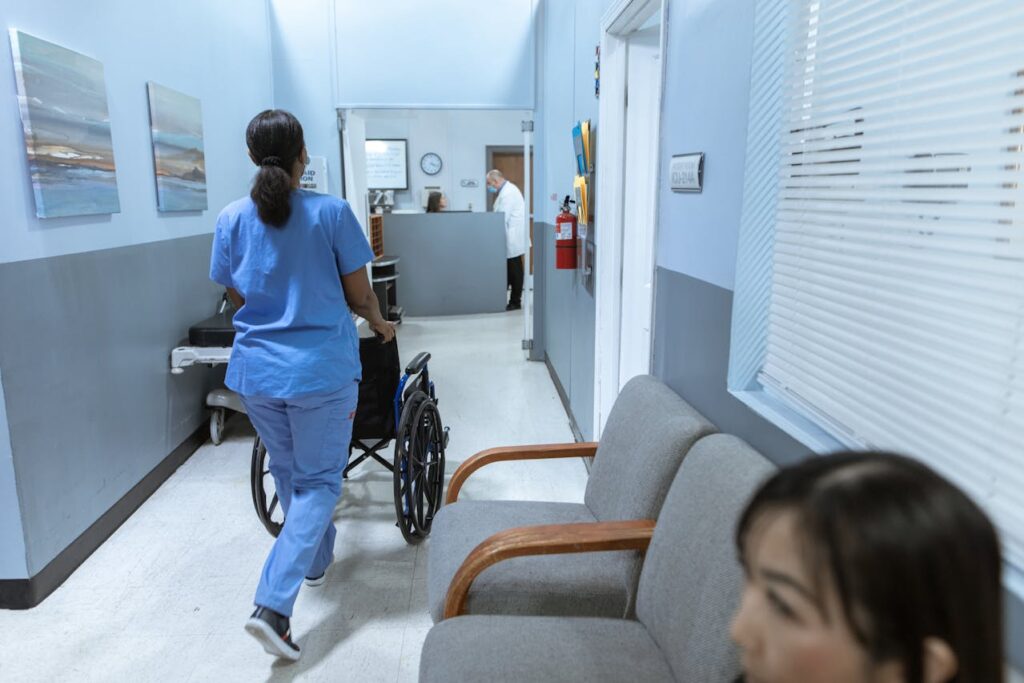First aid is more than just a quick response to an injury. It’s a lifeline in critical moments. Health authorities define first aid as the immediate medical assistance given to an ill or injured person. This could range from interventions like CPR (cardiopulmonary resuscitation) to treating minor conditions while waiting for an ambulance.
The beauty of first aid is that it doesn’t generally require specialised equipment. Sometimes, an untrained person can improvise with what’s available. However, having basic first aid training, especially in the use of tools like an AED (automated external defibrillator), can be a game-changer.
If you are looking for accredited training for first aid Townsville, Skills Training College is your go to provider for nationally recognised certification.
In this article, we will discuss what first aid is, highlight its life saving benefits, give some useful tips on handling emergency situations and talk about the importance of accredited first aid training courses.
The Everyday Importance: Why First Aid Isn’t Just for Professionals:
The significance of first aid is universally recognised. Its potential to make a difference is enormous. Having a competent first aid practitioner at a scene can be reassuring not just for the casualty but also for everyone around. In numerous instances, first aid has been the thin line between life and death.
Consider this: A young man collapses at a local gym. Panic ensues. But one person rushes forward, having recognised the signs of a heart attack. She starts CPR, instructing someone to fetch the gym’s AED. By the time paramedics arrive, the man is breathing again. This real-life scenario underscores the importance of first aid knowledge in everyday settings and if you think this is just writer’s licence consider the following account of an Aussie exchange student in the U.S.
Need First aid and CPR certification in the North Queensland region? Enrol with first aid courses Townsville for flexible, affordable and nationally accredited training.
CPR Saves Lives
An Australian exchange student, James Downie, recently made headlines for his heroic actions in the U.S. Attending Winston-Salem Christian School in North Carolina on a basketball scholarship, James was thrust into a critical situation during a gym session last year.
James, an 18-year-old from Scarborough, New South Wales, was alerted by a frantic teammate that a fellow student needed urgent assistance. He rushed to find DeJohn (DJ) Blunt, unconscious and in a serious condition on the court.
During the chaotic moment, James quickly assessed DJ’s symptoms, recognising a seizure from his locked jaw and head injury signs. Demonstrating exceptional calmness, James, with ambitions of becoming a professional basketball player, began performing CPR. He successfully revived DJ after completing a round and a half of chest compressions and rescue breaths.
However, the relief was short-lived as DJ’s condition worsened, necessitating another round of CPR. James felt a glimmer of hope as DJ started to push air back but had to administer a third round of CPR. Throughout the ordeal, James remained focused, offering DJ reassuring words about reuniting with his family.
Training in CPR Made the Difference
James attributed his successful lifesaving actions to the annual first aid and CPR training he received in Australia. His teammate, Polish student Szymon Koszyca, who initially began chest compressions, said, “In Poland, every child learns CPR at school. It should be a global standard.” Following this incident, a proposal for mandatory CPR training at their school was quickly approved by the principal.
The account concludes with a touching hospital visit where DJ, who was recovering from cardiac arrest caused by an undiagnosed heart condition, thanked James. “No problem mate, anytime,” James modestly responded. This incident highlights the importance of accredited CPR training and the confidence and clarity it gives to those trained.
First Aid Pro Tips: Elevate Your Emergency Response Game
The ‘3 Ps’ of first aid are pivotal:
- Preserve Life: The topmost priority. This involves assessing the scene for dangers and ensuring safety for everyone, including the casualty.
- Prevent Deterioration: It’s about stabilising the patient’s condition, offering first aid treatment, and ensuring they’re safe and comfortable.
- Promote Recovery: Alleviating pain and boosting the patient’s confidence are crucial for the recovery process.
The DRSABCD Action plan
The DRSABCD protocol is considered the gold standard for basic life support in Australia and is widely taught in first aid courses. It’s designed to be easy to remember and apply in emergency situations, emphasising the importance of safety, quick decision-making, and staying calm under pressure. Regular training and practice are recommended to maintain competency in these life-saving skills.
In essence, the DRSABCD action plan is a systematic approach to emergency response used in Australia for providing basic life support. Here’s a summary of each step:
- Danger: Assess the scene for any potential hazards to yourself, bystanders, and the patient. Ensure it’s safe to approach before proceeding.
- Response: Check if the person is conscious by talking to them, touching their hands, or squeezing their shoulder.
- Send for help: Call emergency services (000 in Australia) or assign someone to do so. Provide accurate information about the situation and location.
- Airway: Ensure the person’s airway is clear and unobstructed. Gently tilt the head back and lift the chin to open the airway. Clear any visible obstructions.
- Rescue Breathing: Check if the person is breathing normally. Look for chest movement, listen for breath sounds, and feel for air from the nose or mouth.
- Perform CPR (Cardiopulmonary Resuscitation): If the person is not breathing normally, begin CPR. Perform cycles of 30 chest compressions and 2 rescue breaths at a rate of 120 compressions per minute as per current guidelines.
- Defibrillation: If available, use an automated external defibrillator (AED) as soon as possible. Follow the device’s instructions.
Enrolling in a First Aid Course Could Be the Best Decision You Make
First aid knowledge is invaluable for both individuals and the community. It equips you to assist in emergencies, whether at home, work, or public places. In fact, many work roles including teaching, childcare and dangerous industries, require staff to be first aid certified. It really is true that the more first aid-certified people in a community, the safer it becomes.
Imagine the peace of mind, knowing that if a loved one chokes on food or a colleague suffers a burn, you can step in confidently. First aid doesn’t just promote faster recovery; it saves lives.
Whether you’re eyeing a career change or just want to be prepared, choosing the right first aid course is crucial. Look for an accredited first aid course near me, that offers a solid theoretical foundation and hands-on training. And remember, while first aid certificates don’t expire, it’s recommended to renew them periodically to stay updated.
In conclusion
First aid is more than a skill; it’s a responsibility. Whether you’re a professional or just someone who wants to be prepared, understanding the importance of first aid and taking the next step to get qualified, can make all the difference. So, are you ready to become a confident first aid responder in your community?






